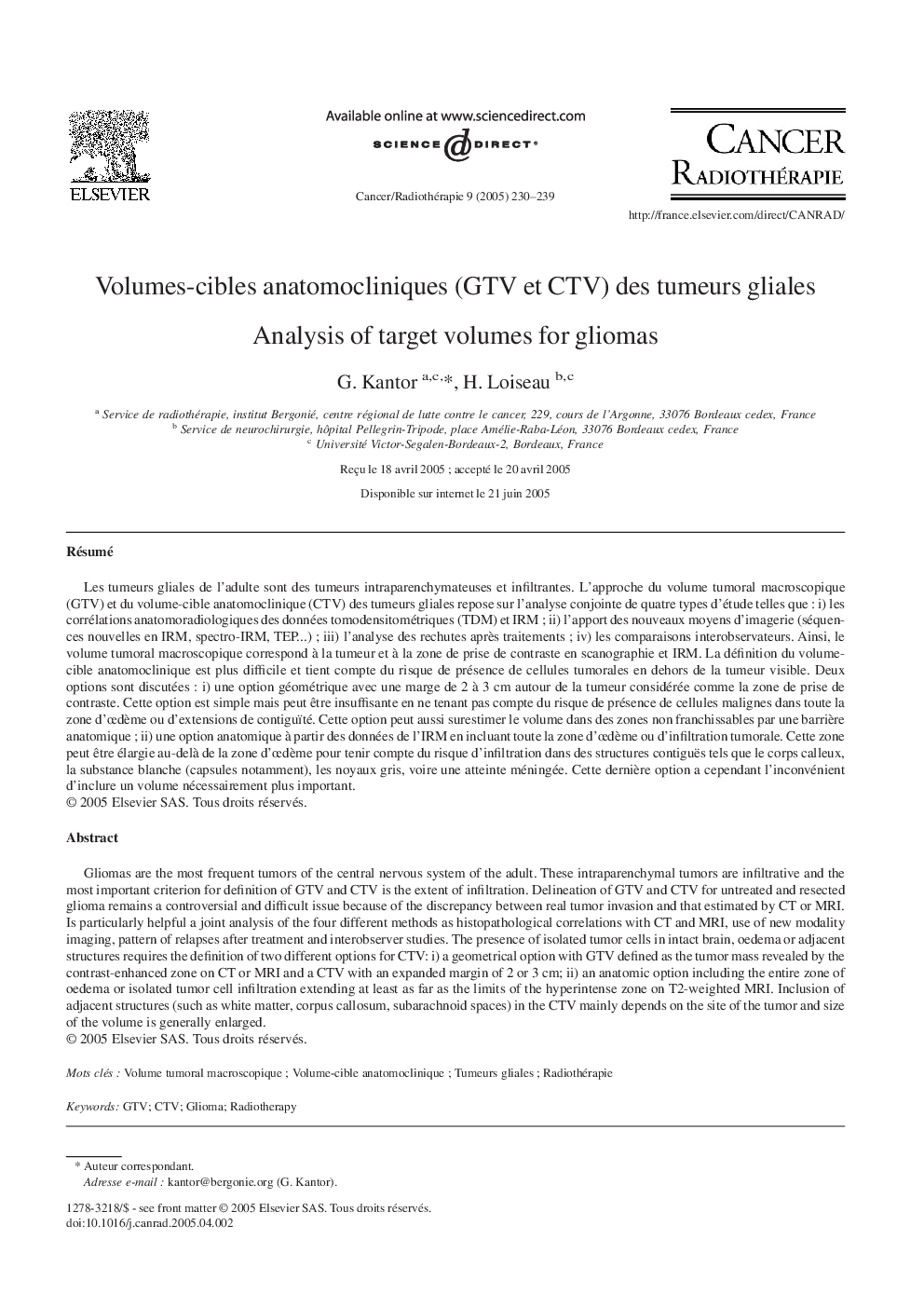| Article ID | Journal | Published Year | Pages | File Type |
|---|---|---|---|---|
| 10902966 | Cancer/Radiothérapie | 2005 | 10 Pages |
Abstract
Gliomas are the most frequent tumors of the central nervous system of the adult. These intraparenchymal tumors are infiltrative and the most important criterion for definition of GTV and CTV is the extent of infiltration. Delineation of GTV and CTV for untreated and resected glioma remains a controversial and difficult issue because of the discrepancy between real tumor invasion and that estimated by CT or MRI. Is particularly helpful a joint analysis of the four different methods as histopathological correlations with CT and MRI, use of new modality imaging, pattern of relapses after treatment and interobserver studies. The presence of isolated tumor cells in intact brain, oedema or adjacent structures requires the definition of two different options for CTV: i) a geometrical option with GTV defined as the tumor mass revealed by the contrast-enhanced zone on CT or MRI and a CTV with an expanded margin of 2 or 3Â cm; ii) an anatomic option including the entire zone of oedema or isolated tumor cell infiltration extending at least as far as the limits of the hyperintense zone on T2-weighted MRI. Inclusion of adjacent structures (such as white matter, corpus callosum, subarachnoid spaces) in the CTV mainly depends on the site of the tumor and size of the volume is generally enlarged.
Related Topics
Life Sciences
Biochemistry, Genetics and Molecular Biology
Cancer Research
Authors
G. Kantor, H. Loiseau,
